I have been honored to work with a major new client, the American Bible Society. Despite the “American” name, they also do great work overseas through projects like She’s My Sister and the Trauma Healing Institute. I recently completed cover and interior illustrations for their book “Healing the Wounds of Trauma“, a training manual for counselors aiming to help victims of trauma.
Illustrating the cover for this book raised a number of almost paradoxical questions. This book prepares counselors to care for people who have suffered horrific events and will be published in multiple languages for audiences on almost every continent. We faced two key concerns:
- How can we be true to the level of suffering this book addresses, while still having the cover give an attractive sense of hope rather than reinforcing depression?
- How can the image on the front appeal and make sense to such a diverse audience around the world, who have differing ethnicities, fashions, and–most importantly–different ways of expressing grief?
We explored several concepts to address each of these, playing with things like silhouettes to conceal race and gender specifics, and different color schemes to emphasize hope and peacefulness. Eventually, we confirmed that some level of specificity would be helpful, but kept it to a minimum.
The illustration style allows the skin color to be left unfilled, allowing for multiple races to identify with the figures. And the posing of the two figures combines elements of both extremes of grief–the more visible and forceful expressions of the southern hemisphere and the more somber and contained expressions of the northern hemisphere. We even created alternate versions of the cover with or without the woman’s head covering to address local norms.
The client was pleased with the eventual solution and the book is now being distributed around the world. “Healing the Wounds of Trauma” is published by the non-profit Trauma Healing Institute, a ministry of the American Bible Society.






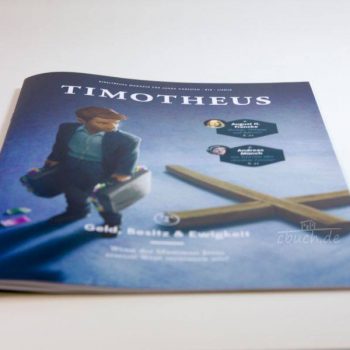
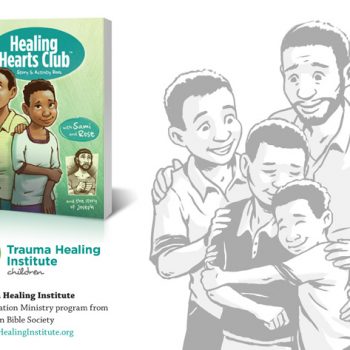
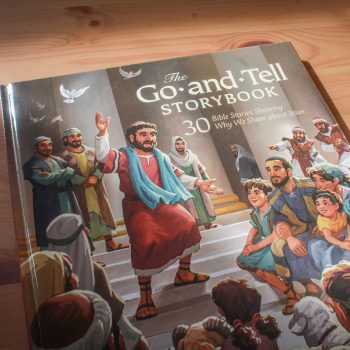
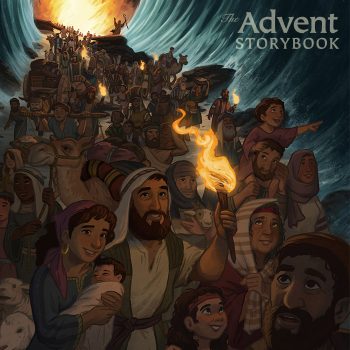
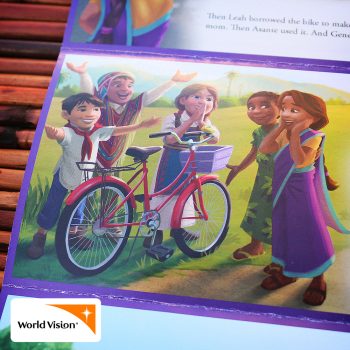
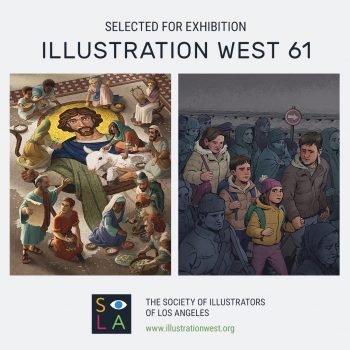

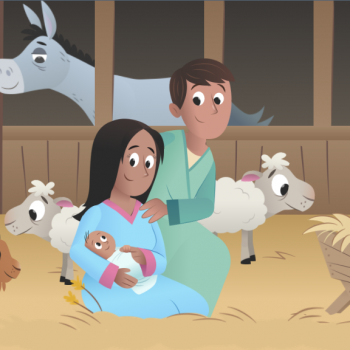
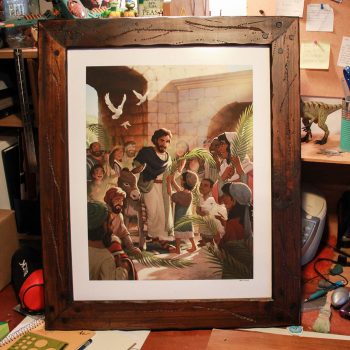
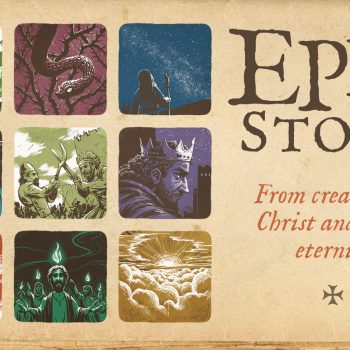
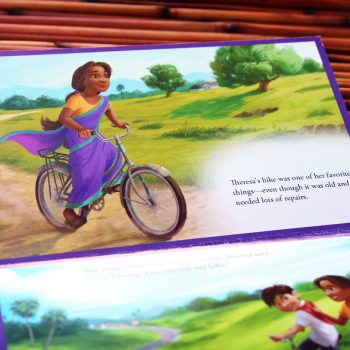
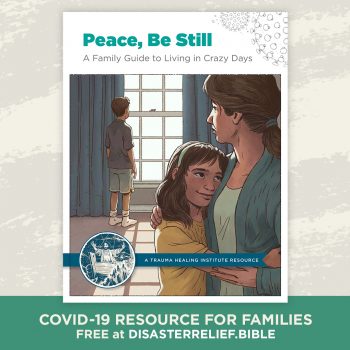
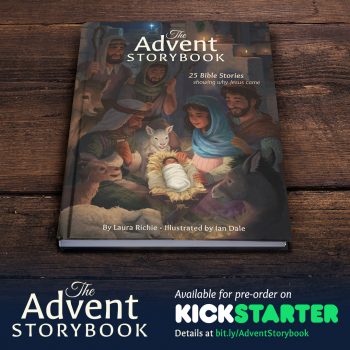

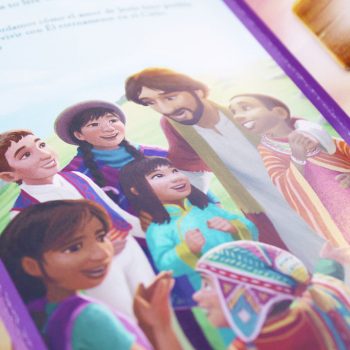
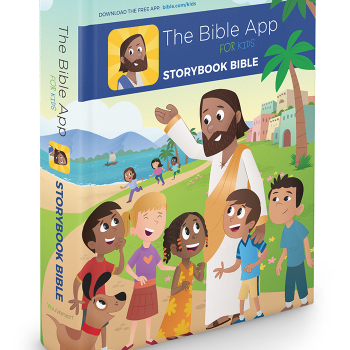
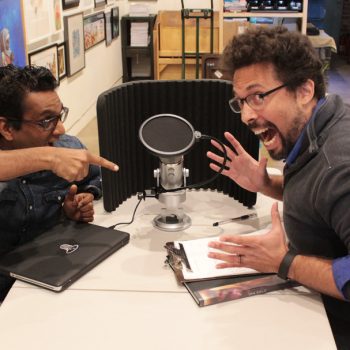
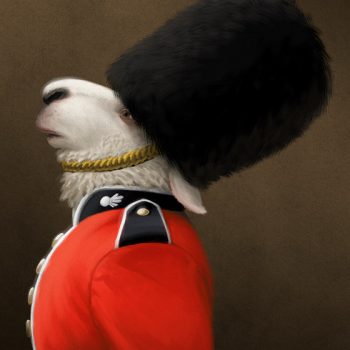
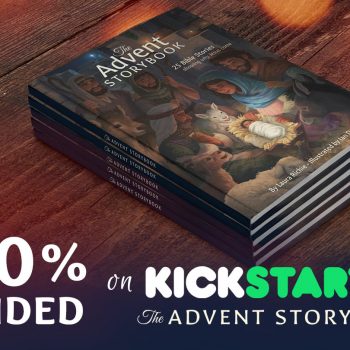

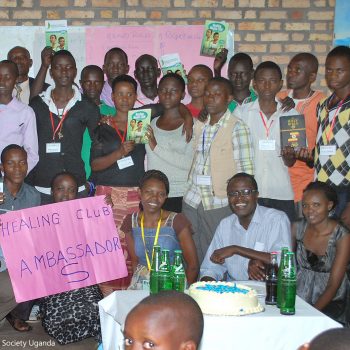
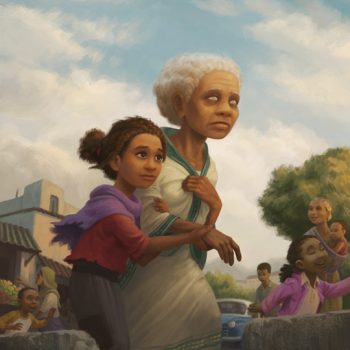
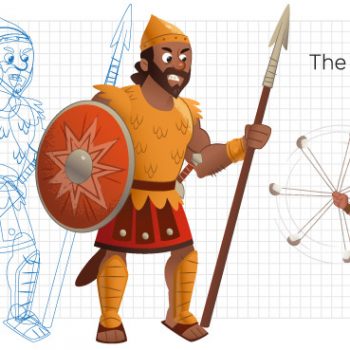
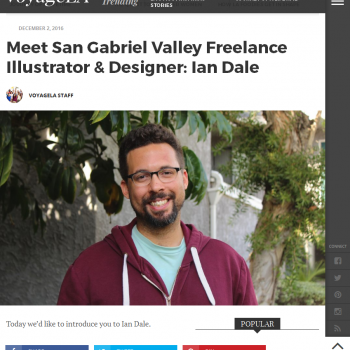

2 Comments
I like how you've managed to make the characters look as iff they could be from a wide range of ethnicities. Particularly hard in a realistic style! The lady in the top picture could be anything from Russian to African.
Thank you Kirsty! That was one of the main goals, we wanted to make the figures broadly accessible to a number of cultures.